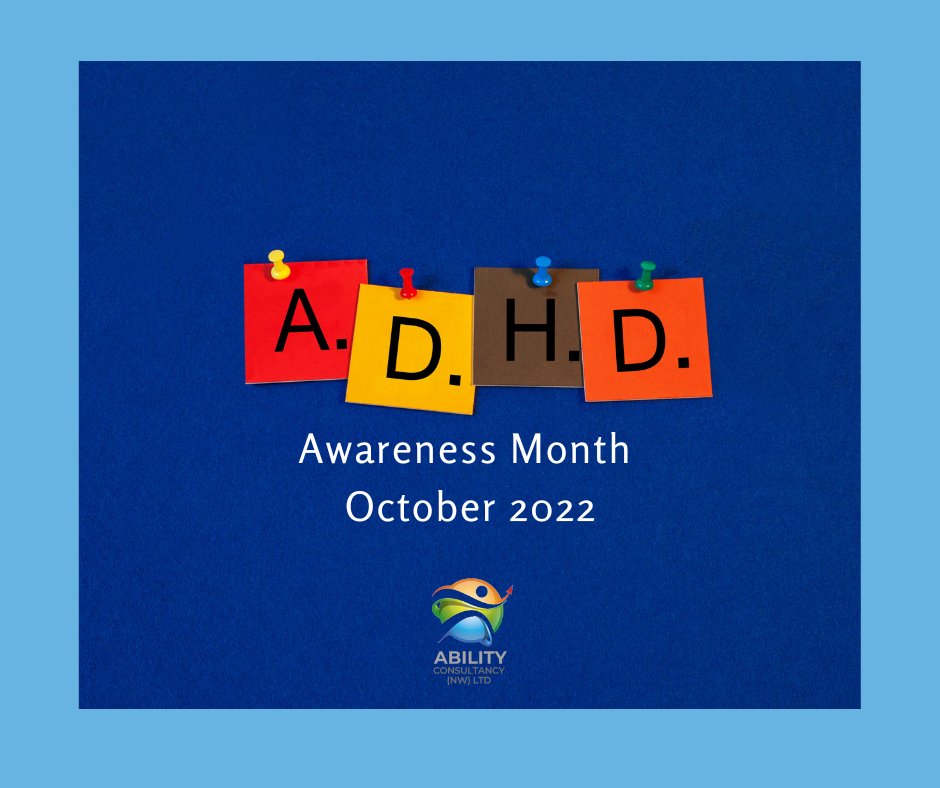
Attention Deficit Hyperactivity Disorder (ADHD) is a neurodevelopmental disorder characterized by inattention, hyperactivity, and impulsivity. It affects millions of children and adults worldwide and presents unique challenges in various aspects of life, including academic settings. In the classroom, students with ADHD often encounter difficulties in focusing, staying organized, and managing their impulses, which can significantly impact their academic performance. However, with the proper support and strategies, educators can help students with ADHD thrive academically.
Understanding ADHD Disorder
Before delving into strategies for supporting academic success, it’s crucial to understand the nature of ADHD. ADHD is not merely a lack of focus or hyperactivity but a complex neurological condition that affects the brain’s executive functions. These functions include regulating attention, controlling impulses, and managing working memory.
There are three primary subtypes of ADHD: predominantly inattentive presentation, predominantly hyperactive-impulsive presentation, and combined presentation. Each subtype presents unique challenges in the classroom, ranging from difficulty paying attention to disruptive behavior.
Creating a Supportive Classroom Environment
Creating a supportive classroom environment is essential for students with ADHD to thrive. Here are some strategies educators can implement:
Flexible Seating Arrangements:
Allowing students to choose their seating preferences can help accommodate their individual needs. Some students may benefit from sitting at the front of the class to minimize distractions. In contrast, others may prefer alternative seating options such as standing desks or fidget tools to help them stay focused.
Clear and Consistent Expectations:
Establishing clear and consistent expectations for behavior and academic performance can provide structure for students with ADHD. Breaking tasks into smaller, more manageable steps and providing visual cues or reminders can help students stay on track.
Incorporating Movement Breaks:
Frequent movement breaks throughout the day can help students with ADHD release excess energy and improve their focus. Incorporating short physical activities or brain breaks into the classroom routine can enhance attention and engagement.
Implementing Differentiated Instruction
Differentiated instruction involves tailoring teaching methods and materials to meet the diverse needs of students in the classroom. For students with ADHD, this may involve:
Providing Multisensory Learning Opportunities:
Incorporating visual, auditory, and kinesthetic elements into lessons can accommodate different learning styles and help students with ADHD better retain information. Hands-on activities, interactive games, and visual aids can enhance engagement and understanding.
Offering Alternative Assignments:
Allowing students to demonstrate their understanding through alternative assignments, such as projects, presentations, or creative tasks, can tap into their strengths and interests. Providing options for how students complete assignments can foster a sense of autonomy and motivation.
Using Technology Tools:
Technology tools such as graphic organizers, speech-to-text software, and educational apps can help students with ADHD organize their thoughts, manage their time, and improve their productivity. Incorporating technology into the classroom can level the playing field for students with diverse learning needs.
Fostering Self-Regulation and Executive Function Skills
Teaching self-regulation and executive function skills is crucial for students with ADHD to succeed academically and beyond. Here are some strategies for fostering these skills:
Teaching Mindfulness and Relaxation Techniques:
Practicing mindfulness and relaxation techniques can help students with ADHD reduce stress and anxiety, improve self-awareness, and enhance their ability to regulate their emotions and impulses. Simple breathing exercises, guided imagery, and progressive muscle relaxation can be incorporated into the daily routine.
Providing Positive Reinforcement:
Offering praise and rewards for effort, progress, and achievement can motivate students with ADHD and reinforce positive behaviors. Celebrating small victories and milestones can boost self-esteem and encourage perseverance.
Collaborating with Parents and Support Professionals:
Maintaining open communication with parents and collaborating with support professionals, such as school counselors, psychologists, and special education teachers, can ensure a comprehensive approach to supporting students with ADHD. Sharing strategies, progress reports, and observations can help create consistency between home and school environments.
Conclusion
In conclusion, supporting academic success for students with ADHD requires a multifaceted approach that addresses their unique strengths, challenges, and individual needs. By creating a supportive classroom environment, implementing differentiated instruction, and fostering self-regulation and executive function skills, educators can empower students with ADHD disorder to reach their full academic potential and thrive inside and outside the classroom. With patience, understanding, and the right strategies, students with ADHD can succeed and excel academically.
